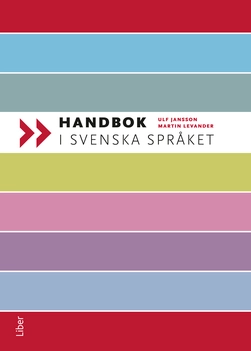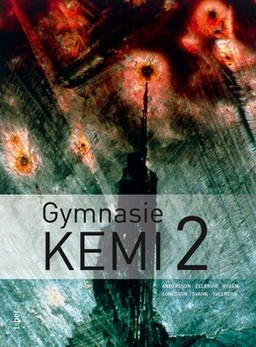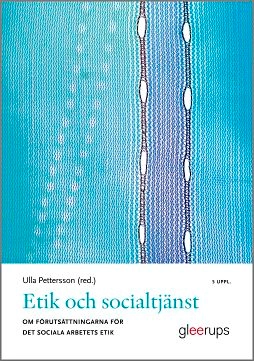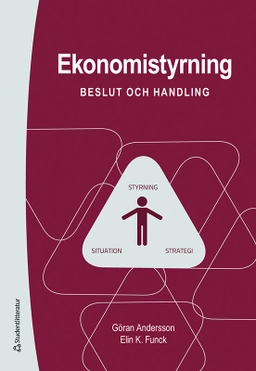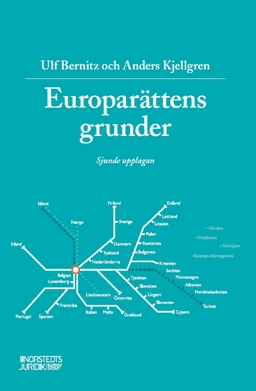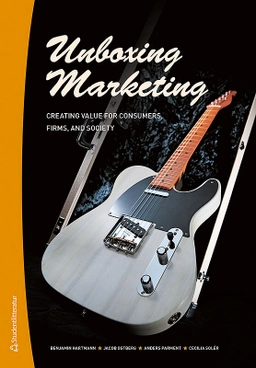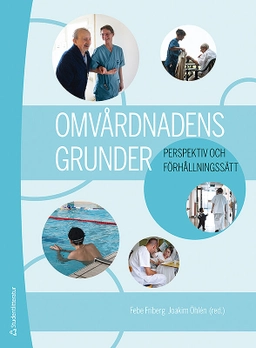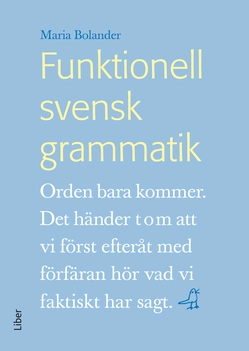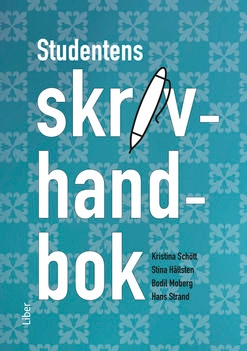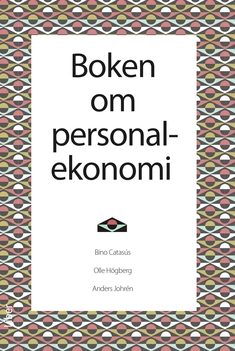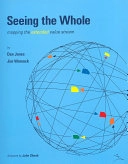

Seeing the whole : mapping the extended value stream
- Utgiven: 2002
- ISBN: 9780966784350
- Sidor: 97 st
- Förlag: Brookline, MA. Lean Enterprise Inst
- Format: Inbunden
- Språk: Engelska
Om boken
Åtkomstkoder och digitalt tilläggsmaterial garanteras inte med begagnade böcker
Mer om Seeing the whole : mapping the extended value stream (2002)
2002 släpptes boken Seeing the whole : mapping the extended value stream skriven av Daniel T. Jones. Den är skriven på engelska och består av 97 sidor. Förlaget bakom boken är Brookline, MA. Lean Enterprise Inst.
Köp boken Seeing the whole : mapping the extended value stream på Studentapan och spara pengar.
Referera till Seeing the whole : mapping the extended value stream
Harvard
Oxford
APA
Vancouver


